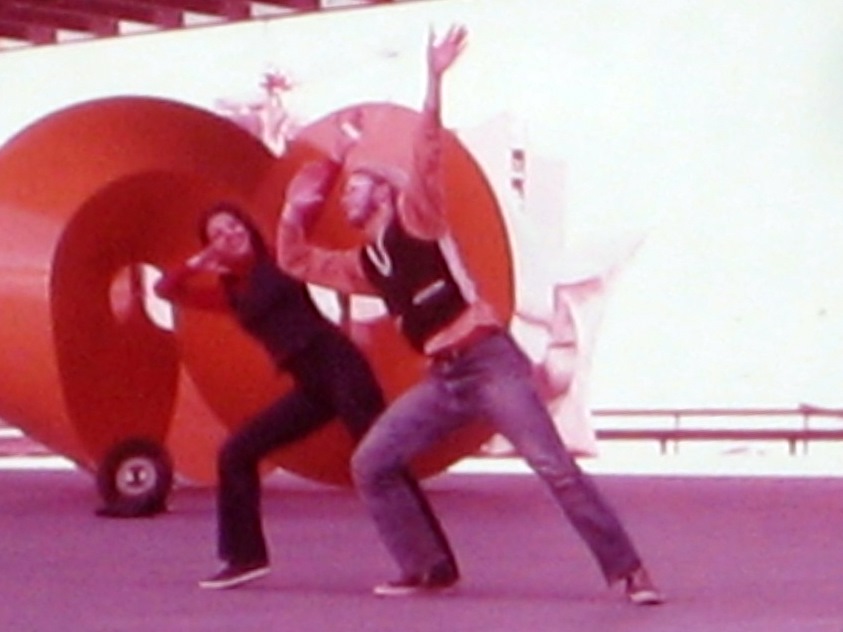Teaching Style
Alicia does not merely teach steps; rather,
she uses steps to teach you how to dance.
Alicia's goal is to empower her students to dance relaxed and confidently, following the music with aesthetically pleasant moves. Her class size is limited to no more than ten people, allowing for close interactions and continuous feedback in a friendly and fun atmosphere. She emphasizes, in every class, the fundamental elements of Argentine Tango dancing: the music; posture, the walk; the embrace; the connection between lead and follow and the navigation on the dance floor.
Dancing is stepping in a manner that follows the music - on the upbeat, downbeat or syncopations according to the structure of the particular piece. Thus, understanding the music, first finding the beat and syncopations and later identifying phrases and sections, is basic to dancing.
A proper posture (dancing on the ball of the feet, chest up and forward) allows the lead to transmit a clear, strong lead to the follow, and allows the follow to receive the lead and execute the step.
The walk. Step-wait-step, driven by the strong downbeat of the tango music, is the basis of all moves. Thus, a proper tango walk is needed to execute all moves correctly.
The embrace - close and comfortable to both partners, to facilitate the connection between lead and follow and take as little space as possible, which is essential in a crowded floor.
Navigation - counter clock wise, maintaining distance, never stepping backwards. Protecting the follow and respecting other couples on the floor.
The first few lessons concentrate on walking, stepping on the beat and punctuating syncopations in different ways, and on the embrace. With this material the students are able to dance simple but still interesting dances. Turns, changes of direction and cross system are gradually introduced, while constantly stressing technique. Once these materials are learned, the aspiring dancer is able to dance tango in the social environment anywhere in the world.
Background
Alicia has over 40 years of experience as a modern dancer and dance teacher. She started studying dance in her native Argentina, continuing after moving to the U.S. at the University of Minnesota and later at Yale University and at Stanford University. In Minneapolis she performed with several groups, including the University of Minnesota Repertory Dance Group and Sol-Chi Five Women, a dance group that she co-founded.
At Yale she was a member of the Yaledancers dance group, and at Stanford she took classes on dance composition, technique, and improvisation. While in California, she taught children's dance in the Palo Alto schools and at Stanford University, and served as vice president of Dance Visions, a non-profit dance cooperative where she also choreographed and performed.
Tango music has been part of Alicia's life since she was born (her parents met dancing "Nostalgias" and she remembers dancing as a small child in the arms of her father), but she was not interested in the dance until the late 90s. After taking tango classes and attending a few milongas in California, she became an avid tanguera. She has concentrated on tango dancing for the past ten years, and has taken classes with many Argentine and American teachers. She has been involved with tango activities in Bend since 2003.
|
Alicia as a Modern Dancer

Dancing a duet in a modern dance show at the University of Minnesota. Minneapolis, 1975
|